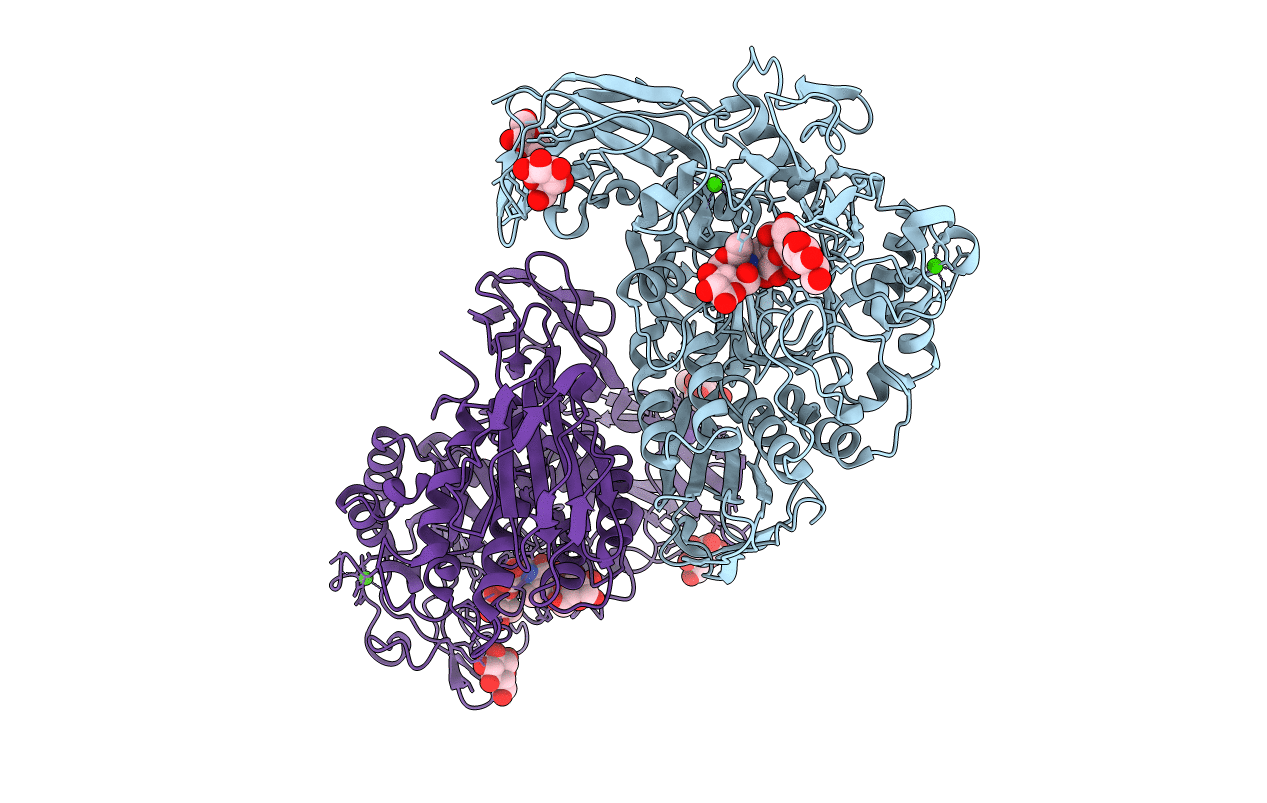
Deposition Date
2003-11-03
Release Date
2004-08-03
Last Version Date
2024-11-06
Entry Detail
PDB ID:
1V3M
Keywords:
Title:
Crystal structure of F283Y mutant cyclodextrin glycosyltransferase complexed with a pseudo-tetraose derived from acarbose
Biological Source:
Source Organism:
Bacillus sp. (Taxon ID: 1410)
Host Organism:
Method Details:
Experimental Method:
Resolution:
2.00 Å
R-Value Free:
0.21
R-Value Work:
0.16
R-Value Observed:
0.16
Space Group:
P 1


